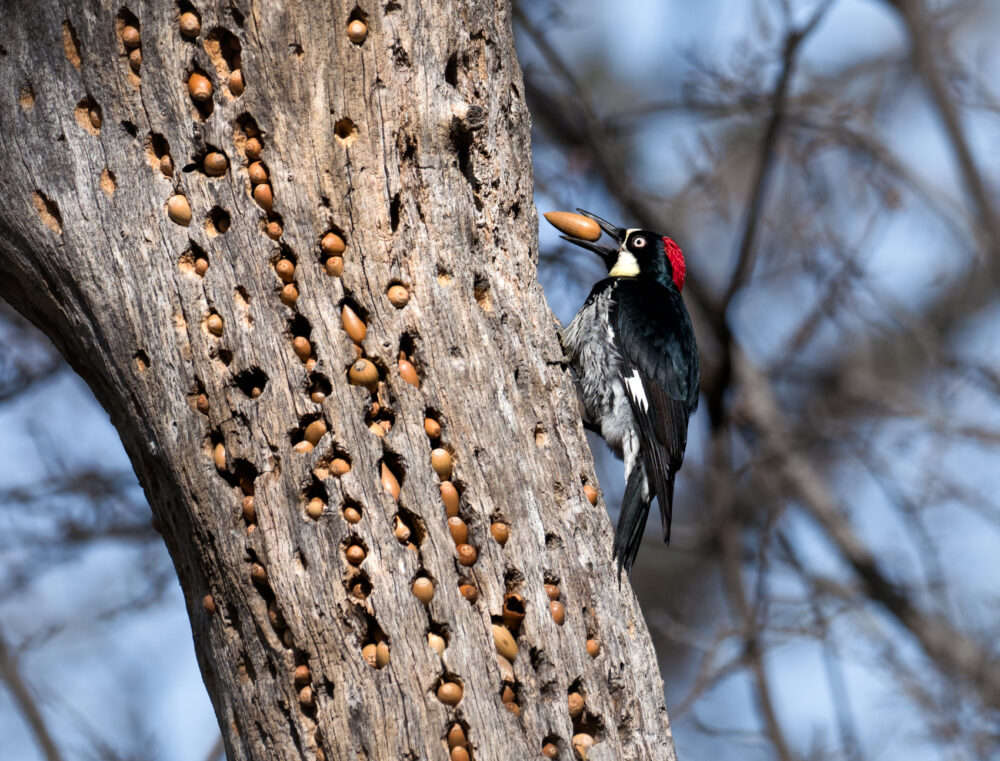We have much more to do and your continued support is needed now more than ever.
Tar Sands Study Falls Short

A study was released from the National Academy of Sciences this week about tar sands and pipelines. It is massive (more than 1,000 pages!) and filled with scientific jargon and acronyms, so we thought you might like to know what it means for you and for our potential Northeastern Tar Sands pipeline.
The Pipeline Hazardous Safety Materials Administration, known by people who focus on this kind of thing as PHMSA, commissioned the study from the National Academy of Sciences last year.
What it is
- A summary of existing studies – they took several studies and looked across them for findings. It is basically what in the sciences is known as a literature review.
- Based mostly on industry studies – most of the studies they looked at were funded by industry and done under lab conditions that were pretty different than what happens in the field in terms of heat and pressure.
What it isn’t
- It is not new or independent research –see above.
- It is notabout how tar sands acts once it spills. So far indications are that tar sands sinks to the bottom of rivers, streams, lakes, the ocean – whatever water sources it contaminates. This is important in the Northeast because the pipeline they want to run tar sands through is close to rivers, lakes, streams, and wetlands including Victory Bog, the Connecticut River, and Sebago Lake.
- It is not about how to clean up tar sands spills or whether we in fact know how to do that. There are greater challenges to cleaning up tar sands spills than conventional oil spills – and when tar sands (diluted bitumen) contaminates water bodies, it presents unique challenges to spill responders that they have yet to solve. The Kalamazoo river spill from 2010 is still not cleaned up – recently the EPA told the pipeline company Enbridge that they needed to go back and try again to clean it up.
- It is not a study of the possibility of greater external corrosion – they only looked at internal corrosion. This is important because some of the larger spills, like Kalamazoo, have been attributed to external corrosion. We don’t know why tar sands would cause external corrosion, but this seems to keep happening with several tar sands pipelines which have spilled.
- It doesn’t tell us why tar sands pipelines spill more than 3.5 times as much as conventional crude pipelines. The facts are that in the US in a period of three years, pipelines carrying tar sands spilled more than three times as much as conventional crude pipelines do. Why? We still don’t know, but it seems clear that it has something to do with carrying tar sands.
For all these reasons, we need standards developed specifically for tar sands. We need industry to tell communities what is going through their backyards, and to have real spill response plans that take differences between tar sands and conventional crude into account, and that go through a public vetting process (and those pipelines should be regularly inspected). Which is why NWF and more than 60 partners including the Nebraska Farmer’s Union, the Indigenous Environmental Network, Trout Unlimited, and landowners in VT NH and ME as well as other pipeline states asked the Environmental Protection Agency and the PHMSA in March to do just that.
And for the Northeast, we have hundreds of miles of streams, rivers, and lakeshores that could be contaminated in a tar sands spill from the 60+ year old pipeline. Because this study didn’t look at those aspects of spills, we still don’t know much about what would happen, what it would take to clean it up, or how long it would be before the waterways could be considered clean enough to support wildlife like trout, otters, ducks, or moose.
So does this study make me feel better? No, not much. I still wonder what would happen if tar sands was running along the Androscoggin, or across the Connecticut River, or through Bruce Kirmsee’s back yard in NH or Brent Kinsley’s back yard in VT, and there was a spill. That is something the study didn’t answer, but we still need to know.
![]() You can speak up for moose and other wildlife here.
You can speak up for moose and other wildlife here.
UPDATE: In an upcoming Transportation Appropriations Bill, Senator Shaheen from New Hampshire added a provision that would require PHMSA to study tar sands spills. If that passes, it could help answer some of the major questions we still have after this PHMSA/NAS study.





















